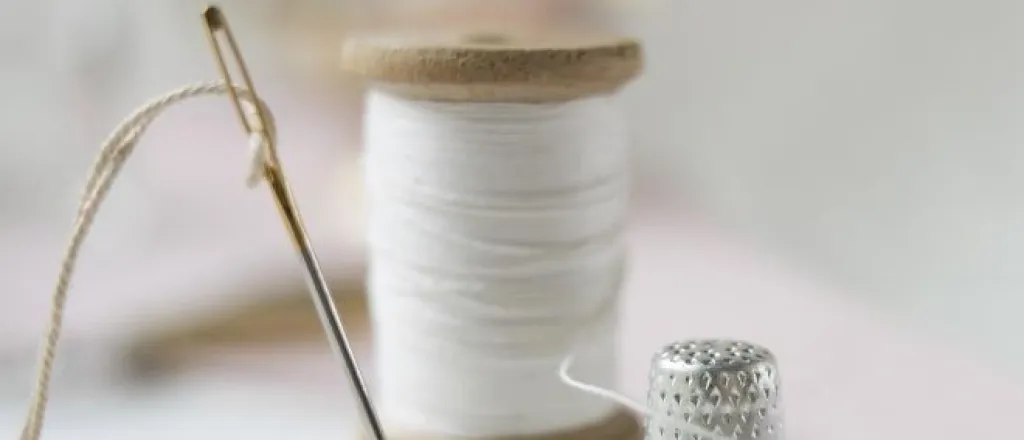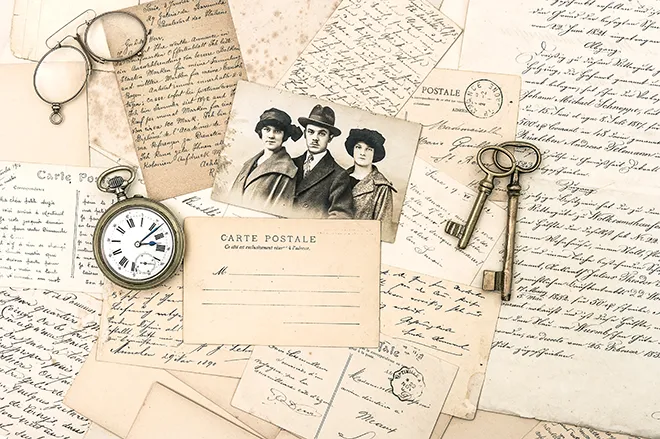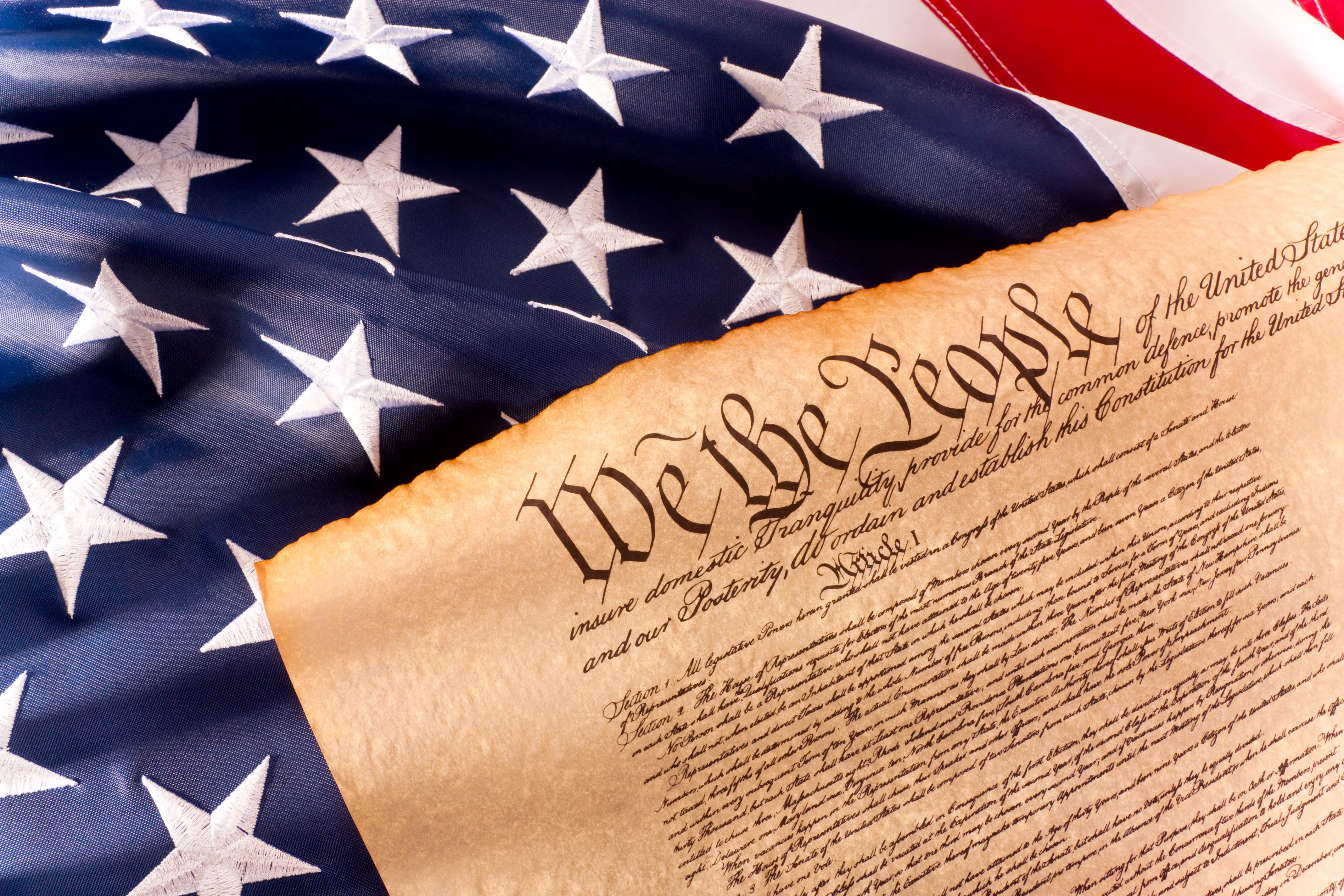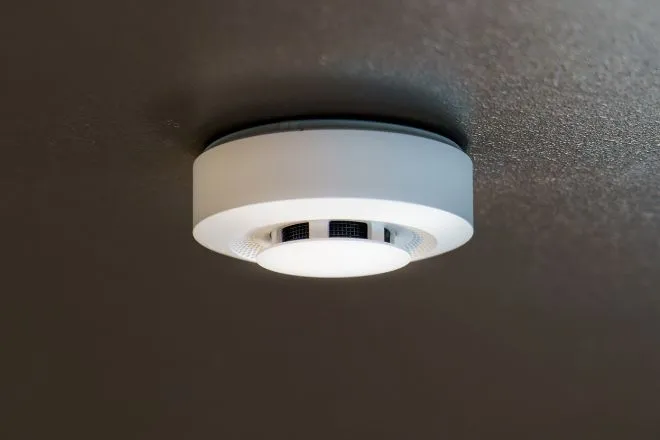
Basic sewing tips for beginners
Sewing is a great hands-on craft anyone can enjoy. Still, putting fabrics together can seem daunting to some, especially those with feeble hands. These basic sewing tips for beginners will help. Whether you’re creating a beautiful dress, an everyday work shirt, or a new fabric cover, these tips can help you get started.
Have the proper tools
The first step to sewing any beginner must know is having the right tools and equipment. Basic tools every sewer must have are scissors, measuring tape, needles, pins and a pincushion, threads, and a seam ripper. Of course, sewing machines help, too. Scissors, like the kind in your junk drawer, cut the fabric and thread. Tailor’s scissors are more efficient than typical scissors due to their specific design. Measuring tape helps you make corrections and adjustments when necessary. Needles and pins are essential for sewing by hand or machine—just change the machine needles before every new project. Threads allow you to sew knit or woven fabrics, such as cotton, polyester, silk, rayon, nylon, and more. Finally, a seam ripper is a helpful device used to cut incorrect seams for corrections or refashioning already existing seams.
Pick a simple pattern
The next step is to pick a simple pattern. A pattern in sewing is the template for tracing and assembling the garment. Every pattern has basic, readable components to know. The envelopes have a sizing guide, notions, finished garments, and suggested fabrics and yardage. Typically, garment sizes have larger measurements than traditional clothing. You might see a larger sizing guide because it neglects prewashing. Prewashing is a technique in which you wash the fabric before sewing. Pre-washed fabrics hold their shape and size without changing in successive washes.
Use easy fabrics
While sewing is the act of combining pieces of fabric, one of the most basic sewing tips for beginners is to use the right fabric. Not every fabric is beginner-friendly, and most require machine experience. Nevertheless, the most common fabrics beginners use are cotton, muslin, and polyester. Each of these is a great practice fabric that’s flexible, dispensable, and multi-purpose. Find a simple pattern that recommends any of these materials, and get started. Before long, you’ll feel confident using tougher or more delicate fabrics like denim, leather, and silk.

















